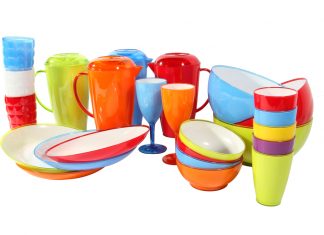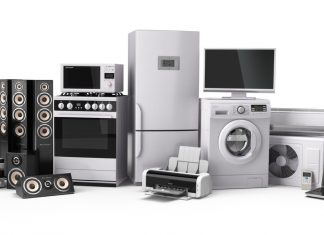Children who regularly consume food high in fructose such as pizzas, sodas, sweetened beverages and biscuits are at a higher risk of liver disease, a new study has warned.
Researchers reveal that dietary fructose intake may increase serum uric acid concentrations. Both uric acid concentration and fructose consumption may be increased in individuals with non-alcoholic fatty liver disease (NAFLD). Researchers found that both dietary fructose consumption and serum uric acid concentrations are independently associated with non-alcoholic steatohepatitis (NASH).
NAFLD, which is the accumulation of extra fat in liver cells in people who drink little or no alcohol, is recognised as the fastest growing cause of liver disease in both Western and developing countries. According to some estimates, it affects up to 30 per cent of the general population in Western countries and up to 9.6 per cent of all children and 38 per cent of obese children across a spectrum of liver disease, including NASH (defined as steatosis, hepatocyte ballooning and inflammation).
Although NASH is a less aggressive form of NAFLD, it can progress to severe fibrosis and cirrhosis, with development of hepatocellular carcinoma in adults.
Researchers in Italy and the UK studied 271 obese children and adolescents with NAFLD (155 males, mean age 12.5 years) who underwent liver biopsy. All patients completed a food frequency questionnaire, indicating when specific foods were consumed (breakfast, morning snack, lunch, afternoon snack, dinner etc), how often (every day of the week, sometimes or never) and portion size.
Major sources of dietary fructose among children and adolescents are soda and other sweetened beverages.
Nearly 90 per cent reported drinking sodas and soft drinks one or more times a week. Almost 95 per cent of patients regularly consumed morning and afternoon snacks consisting of crackers, pizza and salty food, biscuits, yogurt or other snacks.
In the group of patients studied, 37.6 per cent of patients had NASH and 47 per cent of patients with NASH had high uric acid compared with 29.7 per cent of patients who did not have NASH.
Fructose consumption was independently associated with high uric acid, which occurred more frequently in patients with NASH than in not-NASH patients.





